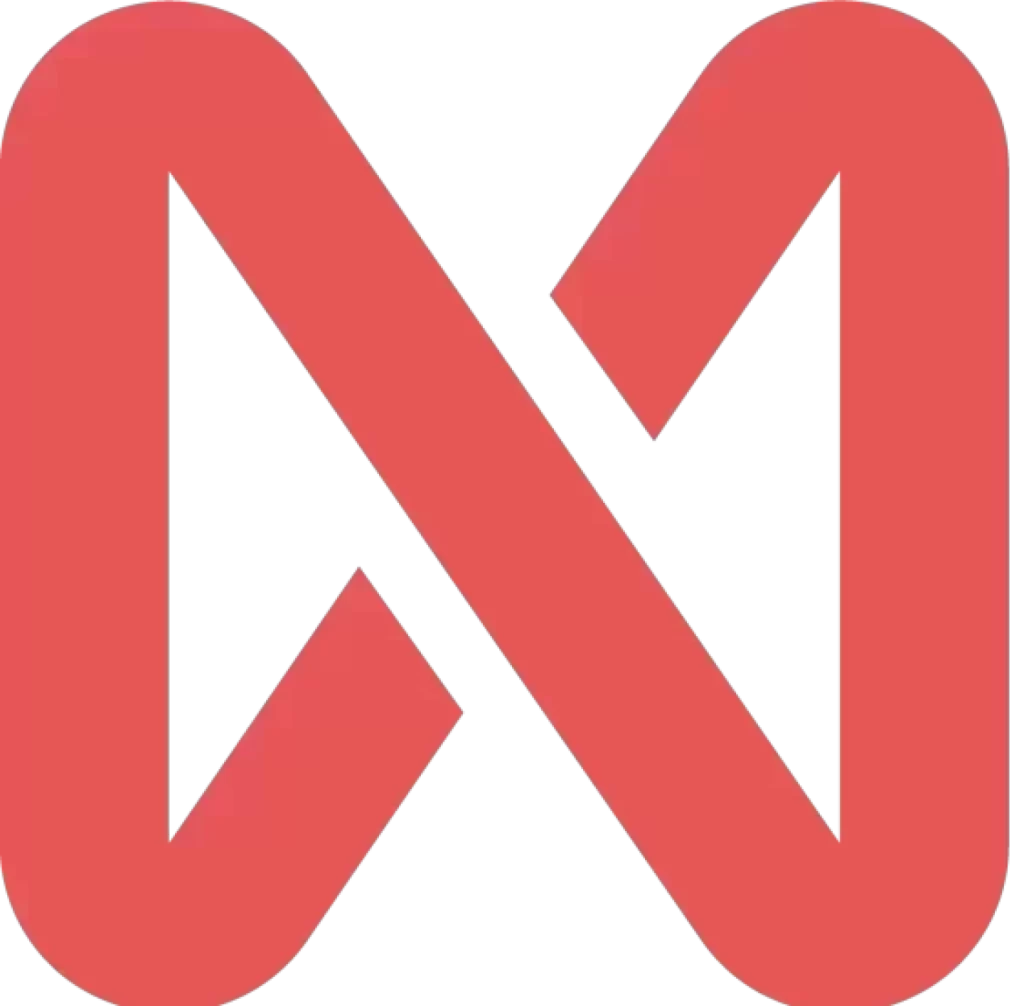It was only in the 1960s that silicon was established as the primarily resource of semiconductors, the most fundamental component of digital computers. Without this discovery, we wouldn’t have the technology and connectivity we rely on today.
According to the newspaper Folha de São Paulo (2025), quantum computing is still far from reaching its own “silicon moment.” Despite intensive efforts from major tech companies, there is still no established ideia on how to produce qubits, the basic elements of quantum computers. This lack of standardization is a reminder of the long journey ahead for quantum computing.
As for Amazon, they introduced cat qubits, a tribute to Schrödinger’s Cat— an experiment that suggests a cat locked inside a box could be both alive and dead simultaneously. The company’s new technology aims to develop more error-resistant qubits, reducing the problem of “noise” that disrupts quantum calculations. With this advancement, quantum computers could scale up without requiring an excessive number of qubits for error correction.
![]()
But what is Quantum Computing?
Quantum computing is a new processing model that leverages principles of quantum mechanics to solve problems that are impossible (or time-consuming) for classical computers. Instead of traditional bits, which are either 0 or 1, quantum computers use qubits, which can be in multiple states at the same time. This means enhances processing power for specific applications.
It is becoming more accessible, not only locked to academic research and laboratories, so that is the time to start exploring this new frontier.
At NextAge, we keep up with technological evolution. That’s why we’ve prepared this article to explain how this trending topic connects with software development.
The Impact of Quantum Computing on Software Development

Quantum computing has the potential to revolutionize software development, providing innovative solutions for challenges that classical computing cannot efficiently address. Some of its most promising applications include:
- Optimization and Machine Learning: quantum algorithms can significantly accelerate AI training and solve complex optimization problems that would take years to process on conventional systems.
- Cryptography and Security: quantum computing threatens current encryption systems, forcing developers to explore post-quantum cryptography for more security.
- Simulations and Modeling: for high-performance simulations, such as molecular modeling and fluid dynamics, quantum computing represents a major advancement.
- Databases and Information Processing: search systems could leverage Grover’s algorithm, enabling faster queries across massive datasets.
Languages and Tools for Quantum Programming
Programming for quantum computing requires specialized tools. Even without access to a physical quantum computer, simulators allow developers to explore this new technology today. Some of the most widely used platforms include:
- Qiskit (IBM Quantum): an open-source Python framework for quantum circuit development and simulation. Ideal for Python developers looking for a practical introduction to this innovation.
- Cirq (Google): a library designed to program and execute quantum algorithms on Google Quantum AI hardware. Great for developers interested in experimental quantum computing and AI applications.
- Microsoft Q#: a quantum-specific programming language, integrated with Azure Quantum, making it a solid option for developers working within the Microsoft ecosystem.
- Forest (Rigetti): a quantum computing development platform using the Quil programming language. Great for those looking for a more technical approach and an alternative architecture.

Why Quantum Computing Is Not Yet the “New Silicon”?
Despite its potential, quantum computing still faces significant challenges, which may delay its mainstream adoption:
- Error and Noise: qubits are highly unstable and extremely sensitive to external interference.
- Scalability: building quantum computers with more qubits while maintaining low error rates is still a major challenge.
- Learning Curve: quantum programming requires new skill sets.
- Integration with Classical Systems: most current software and infrastructure are built for classical computing. To fully spread this technology, we need effective ways to integrate both technologies.
What Does the Future Hold for Quantum Computing?
Quantum computing is still in its early stages, but its impact on software development will be significant. Developers who start studying it today will have a major competitive advantage in the future. So, what can we expect from this technology?
While still in an experimental phase, the coming years could bring advances in stabilizing qubits, enabling quantum computers with thousands of functional qubits. According to IBM’s roadmap, scalable quantum computers for commercial applications could be available by 2030.
Also, it may accelerate AI model training, allowing machine learning algorithms to process information much faster. This could lead to advancements in natural language processing and pattern recognition. According to MIT Technology Review (2024), Google is already using this technology to optimize neural networks in AI research.
Quantum computing is an example of how technology is evolving at an unprecedented pace. This results in higher productivity and efficiency across several industries, whether solving complex problems or automating repetitive tasks in software development.
At NextAge, innovation is part of our DNA, and we apply it to all our projects. If you want to stay ahead in this evolving landscape, now is the time to start exploring quantum computing.






